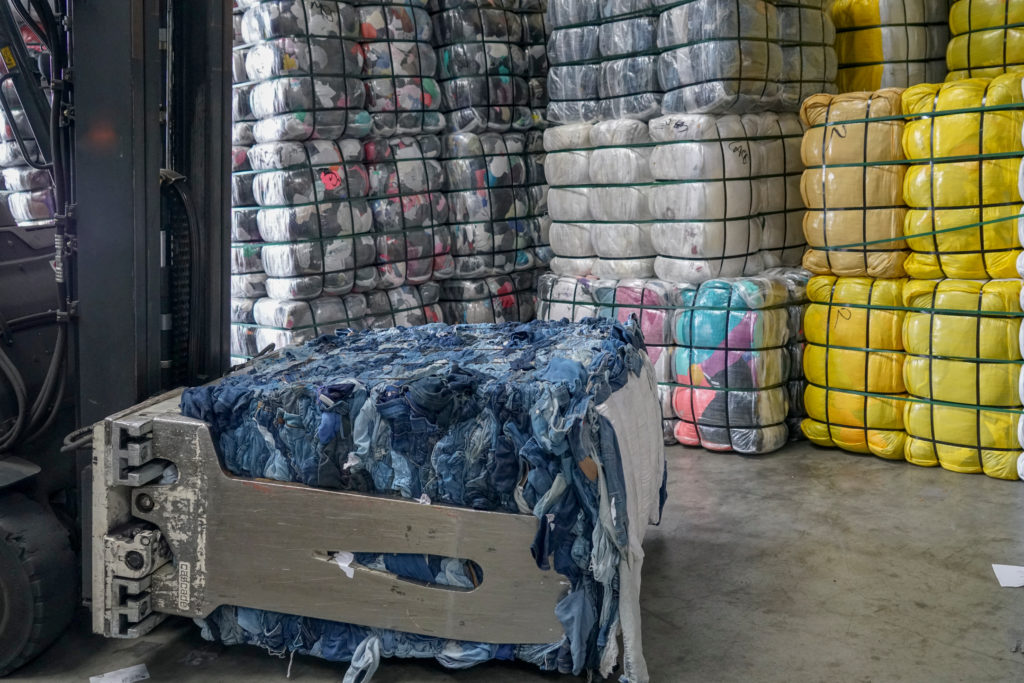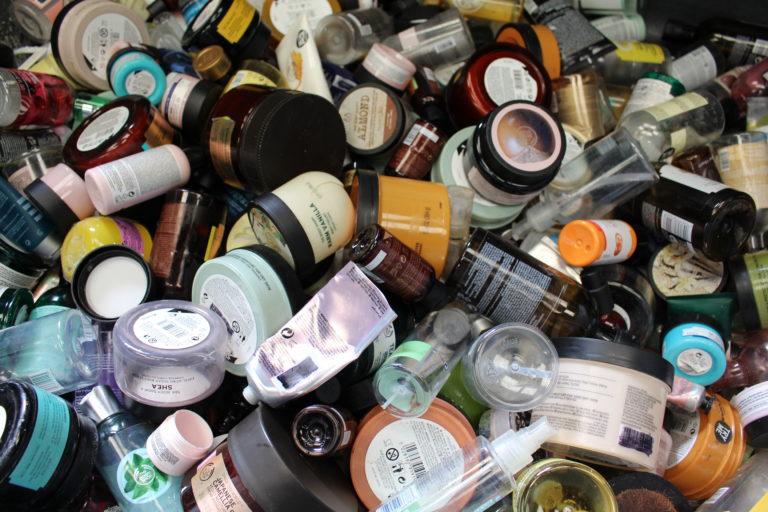The warning was sounded in the charity’s annual Textiles 2030 progress report on the initiative.
Textiles 2030 is a voluntary agreement launched in 2021 by WRAP to encourage signatories to collaborate on carbon, water and circular textile targets. Currently 26 retailers are signed up to the agreement including ASOS, ASDA, Primark, and Dunelm.
This set a 50% carbon reduction target and a 30 % reduction in water usage by 2030. Waste targets were not set after they were missed under the previous scheme (see letsrecycle.com story).
The progress report showed that against a 2019 baseline, carbon emissions have fallen by 12 % and water use by 4% per tonne of clothing produced.
However, the 13% increase in production has meant that overall, carbon emissions have only fallen by 2% over three years while water usage has actually increased by 8%.
Production
The report shows while 71% of cotton used by signatories now comes from improved sources, production levels have eroded some of the positive strides. It also highlights the potential for greater savings by designing for longer product life and increasing the utilisation of recycled fibres, which could reduce the total carbon footprint by 12% and water use by 18% for signatories.
Despite a 4% per-tonne reduction in water use in 2022, the overall increase in textile production since 2019 nullified this progress, leading to an 8% rise in water use, equivalent to 3.1 billion m³—enough to provide drinking water for over half of the global population for a year.
The rise in production also impacts the actual reduction in carbon, which has been reduced to just 2%.
Cancelled
Catherine David, director of behaviour change and business programs at WRAP said: “Textiles and fashion are responsible for up to 10% of global carbon emissions. We can see from the impact of Textiles 2030 that it’s possible to change this. But as fast as positive improvements happen, they’re cancelled out by rising production. If we hope to get anywhere near achieving the critical goals of the Paris Agreement, we must get serious about textiles, and everyone has a role to play.
“We need sustainable design, sustainable business models, and more sustainable ways of buying and using clothes from more businesses. But production is clearly the key issue, and the onus is on businesses to make preloved part of their portfolio, so it’s accessible, easy and fun. Through Textiles 2030, many brands and retailers are already taking action, but there is a long way to go, and many more businesses who need to join us on this journey.”
Re-use
According to the report while there has been an increase in the collection and resale of preloved items through take-back schemes and partnerships with brands, the production of new items still overshadows the preloved market.
Only 9% of textiles on the market are second-hand.












Subscribe for free